Attention
This work is a vehicle for SPR. However, while the SPR is built with a rail width of 1435mm, all Japanese steam locomotives are built with a rail width of 1067mm. Therefore, if the locomotive is adapted to the SPR, the overall width becomes wider, and the body of the locomotive touches the station building. Therefore, the locomotives can only be operated on a part of the SPR tracks (although they can be operated on most of the tracks between stations).
Control
AG1+VTOL : Move forward and back
Brake : Brake
AG2 : Turn on the light
AG3 : Activate coupler(magnet)
I would like to thank PapaKernels for allowing us to use PRR K4 #1361 variables and others in the construction of this locomotive!!!
History
The C51 class steam locomotive was a medium-sized tender type steam locomotive for main line passenger trains developed by the Railway Institute, the predecessor of Japan National Railways, in 1919.
It was the first Japanese steam locomotive to adopt the "Pacific type shaft arrangement" favored by high-speed locomotives in other countries, and was designed with reference to the Cole-type single-shaft, heart-directed, outside shaft box type bogies of the Alco 8900 imported from the U.S. This gave it the name 18900 as a successor to the 8900 class. However, it was renamed the C51 class in June 1928.
The maximum normal speed of this class was planned to be 100 km/h. Based on the maximum normal speed of the driving wheel recommended by the German Society of Mechanical Engineers at the time of the design, a wheel diameter of 1,750 mm was derived, the largest in the world for narrow-gauge steam locomotives at the time of design. This wheel size became the standard size of JNR's large steam locomotives for passenger service, and was followed until the C62 class after the Pacific War.

C51 No.201 (Imperial train)

C51 No.116 in China
Structure
The boiler was of the usual three-can-body configuration, with the same inner diameter of the can body and firebox area as the 8900 class, but the flue pipe length was extended to 5,500 mm, 500 mm longer than the 8900 class to increase the heat transfer area, which became the standard value for JNR steam locomotives after that.
As mentioned above, the driving wheels are of the 1,750mm-diameter spoke type, and although 17 spokes were installed until 28962, the number was increased to 18 after 28963 (C51 164) as a countermeasure against breakage accidents.
Unlike the Type 8900, which was designed with a longer piston rod and a shorter main rod, this model has a shorter piston rod and a slightly longer main rod, following the design of the Type 8800 made by Berliner, and the second driving wheel is used as the main driving wheel.
Operation
From the 1920s to the 1930s, it was used as the main locomotive for main trunk lines. It is also well-known that it served as the towing locomotive of the super-express "Tsubame" between Tokyo and Nagoya from 1930 to 1934.
In addition, C51 239, together with its colleague C51 236, was designated as the exclusive locomotive for imperial trains, and set a record of 104 towing trips from the Emperor Showa's Grand Service in November 1928 to the Chiba Prefecture Tree Planting Festival in May 1953.
However, with the increase in the number of trains in tow due to the increase in transportation volume and the mainstreaming of heavier steel carriages, it was given over to the C53 and C59, which followed in its footsteps, and from the 1930s onward, it retired from pulling honor trains on the Tokaido and Sanyo Main Lines, switching to regional trunk lines.
In 1939, at the request of the Army, 16 cars (C51 8, 28, 30, 33 - 35, 88, 95, 96, 116, 130 - 132, 173, 175, and 178) were converted to standard gauge specifications and offered to the Huazhong Railway in China. They operated between Nanjing and Shanghai, mainly in the Jiangnan region. After the establishment of the People's Republic of China, it continued to exist, becoming the ??9 class in 1951 and later the SL9 class, but by 1990 it had ceased to exist. After the war, it continued to be used for pulling passenger trains on regional trunk lines because of its moderate size, but because of its old age, it was scrapped as soon as the power modernization plan was implemented, and all cars were retired from service in 1965.
The modifications made to the cars up to the end of their lives were so varied that it is said that it was difficult to find cars that retained a style close to that of the originals in their final years.
Test modification
From shortly after production to the early Showa period, there were vehicles that underwent various modifications at each administrative office to improve their combustion rate and efficiency. All vehicles were returned to their original form after the testing period was over.
Extension of smoke chamber
To improve combustion efficiency, C51 13 and 33 were modified to extend the smoke chamber by 500mm, and C51 133, 155, 159, and 189 by 800mm, respectively.
2 chimneys
C51 50, 78, 143, and 246 were modified to have two chimneys to prevent cinder scattering. The cover makes them look like a single chimney.

C51 No.133 and C51 No.246
Sloping chimney
C51 78, 121, 182, 192, and 270 were converted to sloping chimneys to improve the smoke exhaust effect.
Semi-streamlined conversion
C51 61 underwent semi-streamlined conversion around the front, cab, and tender.

C51 No.61
Smoke collector and exhaust system installed
C51 135 underwent modification to install a sloping plate in front of the chimney, C51 130 underwent modification to install a reflector plate at the rear of the chimney, C51 176 underwent modification to install a sloping cylindrical plate at the top of the chimney, and C51 278 underwent modification to install smoke exhaust devices from both sides to the rear of the chimney.
Combustion chamber installation
C51 184 underwent modification to install a combustion chamber.
Conservative loco
Four C51s, C51 5, C51 44, C51 85, and C51 239, are still in existence: C51 5 was preserved by JNR from the beginning, C51 44 and C51 85 are cut models cut for training purposes, and C51 239 was cut for training purposes and then restored to its original appearance. Since the C51s were all scrapped in 1966, relatively early for JNR-registered machines, none of them have been preserved in municipal parks or public facilities. Even C51 5, which was not cut-modeled and preserved in perfect condition, was damaged by a landslide during its preservation and had to be restored, so even if it were to be restored dynamically, there is no one preserved in a condition that would withstand such an attempt.

C51 No.5 in Ohmiya Railroad Museum

C51 No.44 in Akita General Rolling Stock Center

C51 No.44

C51 No.85 in Kagoshima Rolling Stock Center
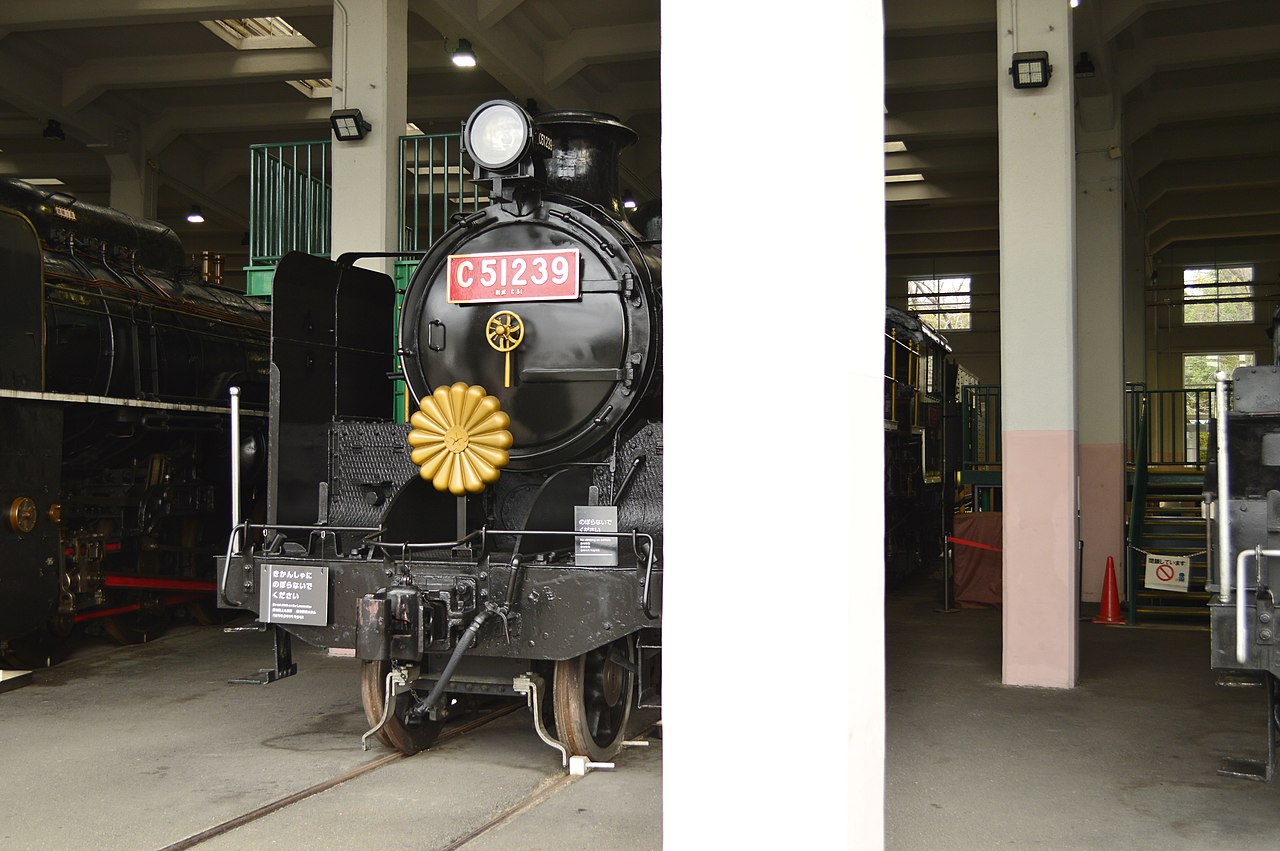
C51 No.239 in Kyoto Railway Museum
Gallery




HAVE FUN!!!
Specifications
Spotlights
- Feanor 1.5 years ago
- jamesPLANESii 1.5 years ago
- RailfanEthan 1.5 years ago
- PlaneFlightX 1.5 years ago
- pancelvonat 1.5 years ago
- Dllama4 1.5 years ago
- KudaOni 1.5 years ago
- NatsukiHoshino 1.5 years ago
- PapaKernels 1.5 years ago
- ShirakamiShimada 1.5 years ago
- CookingWithCinderBlocks 1.5 years ago
- DDVC 1.5 years ago
- flame0w 1.5 years ago
- GuianLorenzo 1.5 years ago
- MentallyDistorted 1.5 years ago
- YarisSedan 9 months ago
- SilverSurfer46 1.5 years ago
- HuskyDynamics01 1.5 years ago
- RepublicOfCursedPlanes 1.5 years ago
General Characteristics
- Created On Windows
- Wingspan 12.1ft (3.7m)
- Length 88.5ft (27.0m)
- Height 16.6ft (5.1m)
- Empty Weight 100,144lbs (45,424kg)
- Loaded Weight 104,159lbs (47,246kg)
Performance
- Wing Loading N/A
- Wing Area 0.0ft2 (0.0m2)
- Drag Points 26039
Parts
- Number of Parts 1494
- Control Surfaces 0
- Performance Cost 4,889

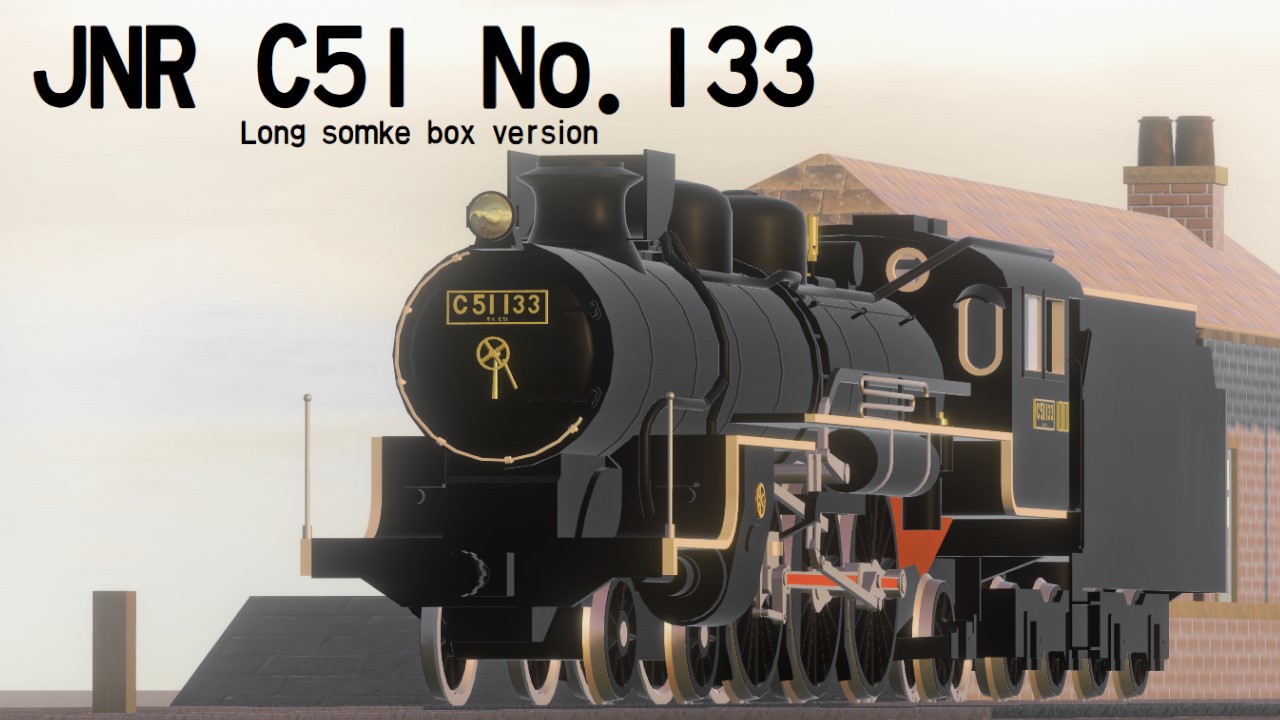
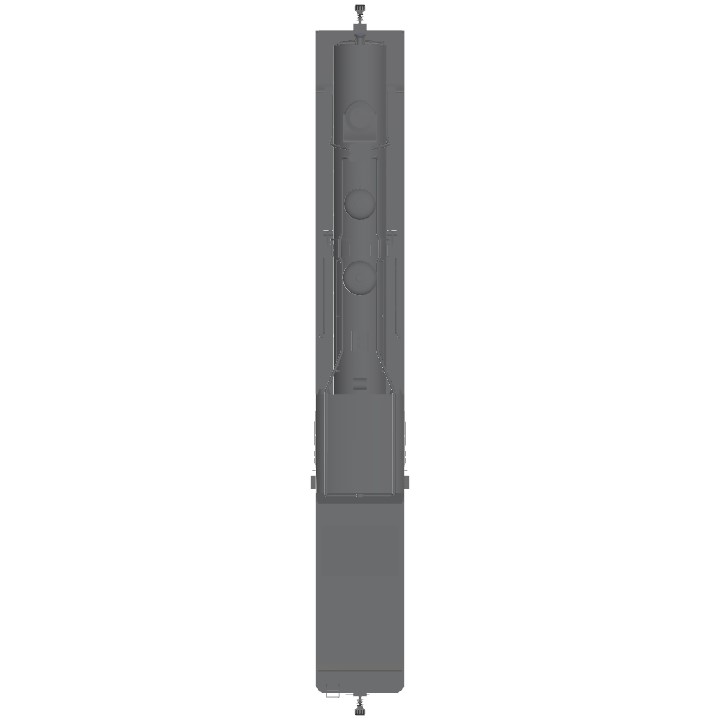
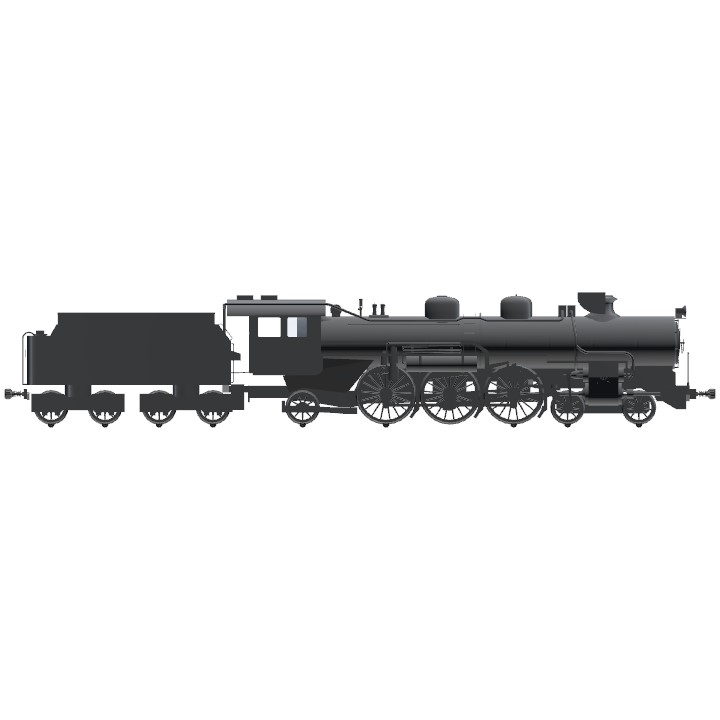
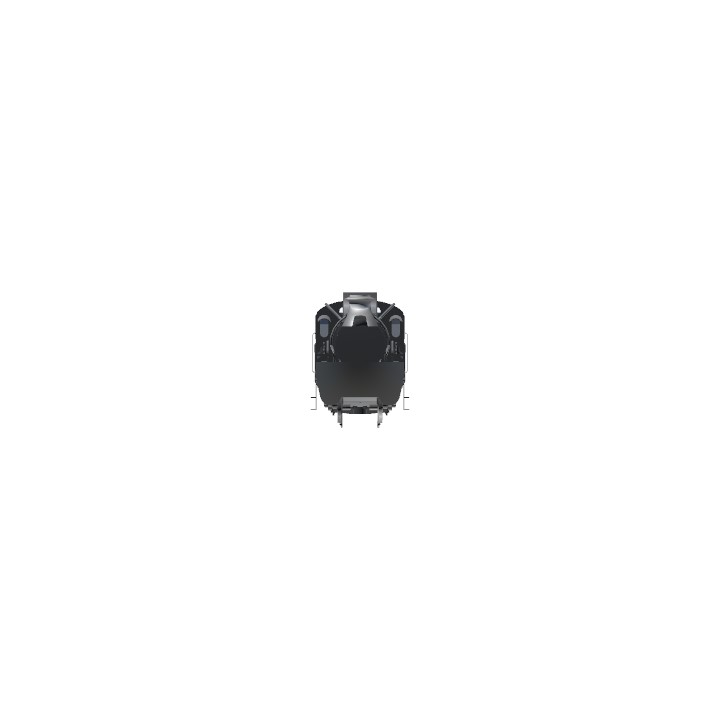
Excellent 10/10
It truly disappoints me to see something where effort was put being ignored
How has this been up for an hour with 0 upvotes? This is herecy
Amazing build yo!